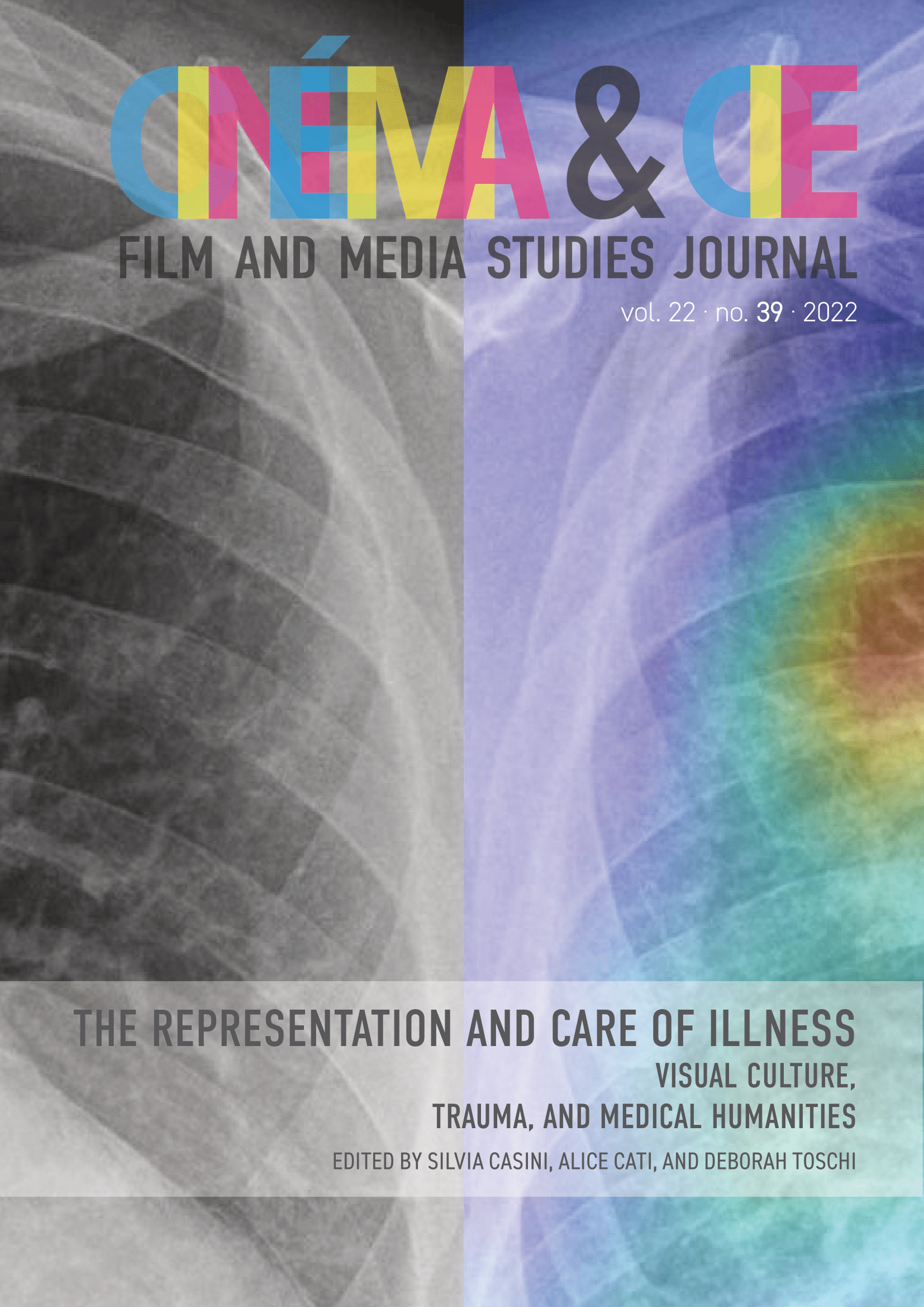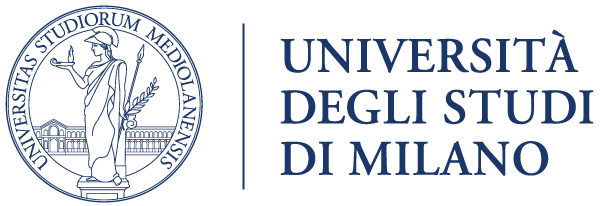Audiovisual Means to Therapeutic Ends. The Cinematic Dispositive within Medical Humanities
DOI:
https://doi.org/10.54103/2036-461X/17748Keywords:
Cinematic device, Medical Humanities, Self-representation, Therapeutic set, Therapeutic filmmakingAbstract
Dominant narratives across Medical Humanities have been focused on the cultural construction of the notion of medicine as epistemic discourse and social practice, on the role of humanities in medical design of the disease as well as on the humanization of the clinical encounter in order to facilitate the anamnesis, the therapy and the care. Among the main declinations, a more complex point of view arises, suggesting the critical integration and exploitation of a variety of methodologies, previously used by art and humanities research, into a peculiar human-centered dispositive, both narrative and therapeutic, in which audiovisual practices and languages acquire new healing potential and activate bias for unprecedented processes of subjectivization for particular target of suffering human beings.
Based on the aforementioned premises, the essay aims at investigating the therapeutic set as performative and methodological model, consistent with art-therapy and narrative-based medical approaches, applicable in specific pathological conditions and health-care contexts. Within such reflexive and operational framework including documentary studies and visual anthropology, self-representational and amateur theories, the therapeutic set becomes a media environment where the formative encounter, both technical and pragmatic, finally ethical, between the self and the world, the action and the awareness takes place.
My purpose is to explore the theoretical pillars of the therapeutic set as transformative interplay between profaned cinematic dispositive and psychotherapy setting, dwelling on bodily involvement, audiovisual gestures and amateur self representation to which active participants, storytellers of their own illness and treatment, are called in the making of therapy and narrative.
The paper finally intends to illustrate selected interdisciplinary case studies in order to discuss the healing potential of creative participatory processes and self-representations, occurring thanks to the relocation and amateurization of the contemporary cinematic experience.
Downloads
Published
How to Cite
Issue
Section
License
Copyright (c) 2022 Cinéma & Cie. Film and Media Studies Journal

This work is licensed under a Creative Commons Attribution 4.0 International License.





